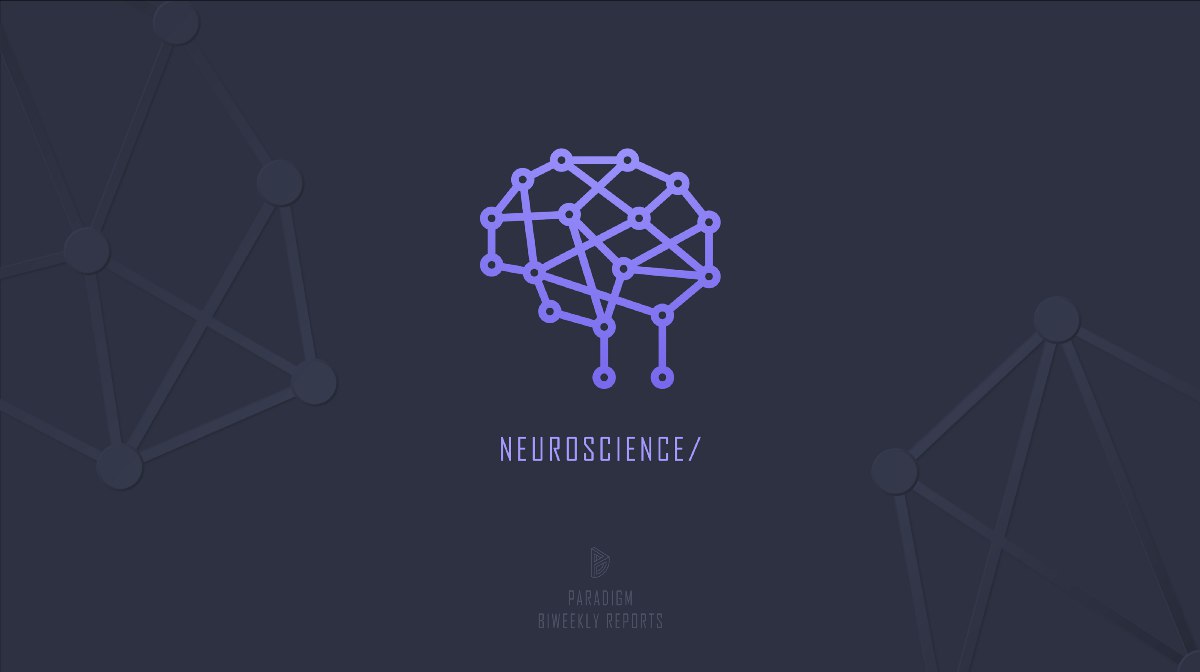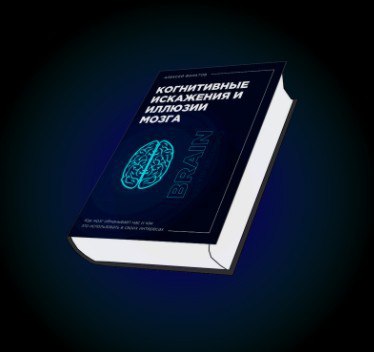SS
Neuroscience biweekly vol. 17, 3rd October — 17th October
TL;DR- A new MIT study reveals that encoding memories in engram cells is controlled by large-scale remodeling of the proteins and DNA that make up cells’ chromatin.
- Autism is considered a disorder of the brain. But a new study suggests that the peripheral nervous system, the nerves that control our sense of touch, pain and other sensations, may play a role as well. The exploratory study is published in the October 14, 2020, online issue of Neurology, the medical journal of the American Academy of Neurology.
- The processes our brains use to avoid harming other people are automatic and reflexive — and quite different from those used when avoiding harm to ourselves, according to new research.
- The range of AI technologies available for dealing with brain disease is growing fast, and exciting new methods are being applied to brain problems as computer scientists gain a deeper understanding of the capabilities of advanced algorithms. Researchers conducted a systematic literature review to understand the state of the art in the use of AI for brain disease.
- Animals and humans have the hormone ghrelin in their stomachs. Ghrelin tells animals, as well as humans, when they are hungry and helps regulate their metabolism, but scientists have never been certain how exactly it works. To learn more about how ghrelin influences hunger, metabolism and memory, researchers at the USC Dornsife College of Letters, Arts and Sciences collaborated with international scientists on a study on rats.
- In first-of-their-kind observations in the human brain, an international team of researchers has revealed two well-known neurochemicals — dopamine and serotonin — are at work at sub-second speeds to shape how people perceive the world and take action based on their perception.
- Researchers have discovered a new mechanism by which substances can open a certain type of ion channel and in this way regulate nerve impulses. The study identifies a large group of substances that influence the coupling between the various functional parts of an ion channel. The discovery may help in the development of future drugs.
- Studies have long suggested that oxytocin — a hormone that can also act as a neurotransmitter — regulates prosocial behavior such as empathy, trust and bonding, which led to its popular labeling as the “love hormone.” Mysteriously, oxytocin has also been shown to play a role in antisocial behaviors and emotions, including reduced cooperation, envy and anxiety. How oxytocin could exert such opposite roles had largely remained a mystery, but a new UC Davis study sheds light on how this may work.
- A team of scientists has uncovered details of the neural mechanisms underlying the perception of objects. They found that patterns of neural signals, called traveling brain waves, exist in the visual system of the awake brain and are organized to allow the brain to perceive objects that are faint or otherwise difficult to see.
- Even though dogs gaze into man’s eyes, dog brains may not process faces as human brains do. A new study from JNeurosci suggests that the canine visual system is organized differently: the face network found in primates may not extend to all mammals.
…And more!
#Science #Neuroscience #Neurobiology #NT https://medium.com/paradigm-fund/nt-neuroscientists-discover-a-molecular-mechanism-that-allows-memories-to-form-8f2f89e8624a






